History of the Village of Escaló
Escaló, situated in the heart of Pallars Sobirà, within the municipality of La Guingueta d’Àneu, is a village with a rich and fascinating history.
Medieval Origins
Its origin dates back to the medieval period, being part of the County of Pallars. Escaló was a strategic point with a walled village, walls, and a castle, of which a tower is still preserved. These defensive structures were crucial in an era marked by conflicts and the need for protection.
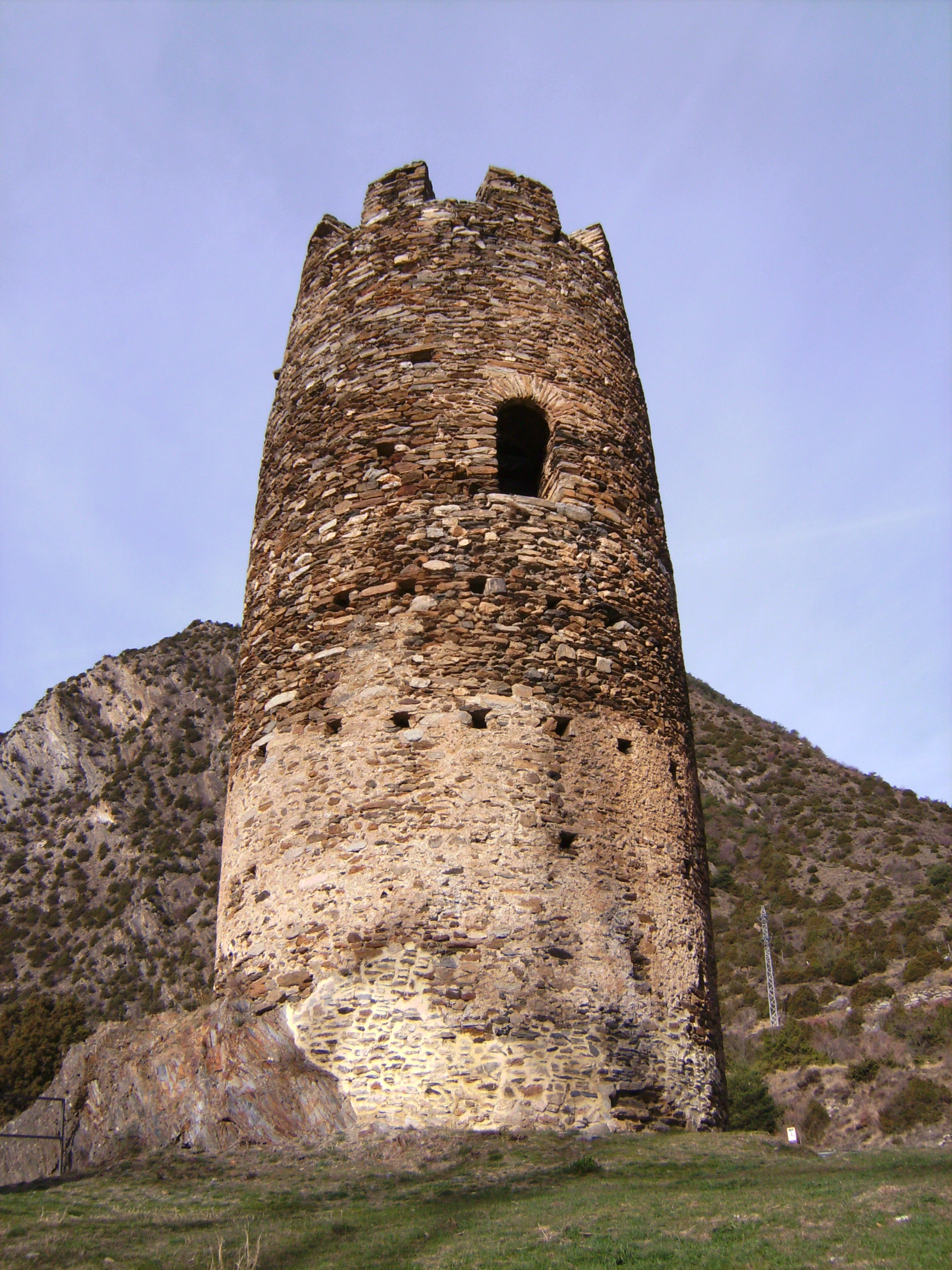
16th Century
In the 16th century, Escaló was a significant nucleus, as reflected in the 1553 census records, which document the population and resources of the village. The village continued to be a prominent place during the modern age.
Former Municipality of Escaló
The municipality of Escaló was created in 1812 based on the provisions of the Constitution of Cadiz and remained independent until its incorporation into La Guingueta d’Àneu in 1971. At its peak, the municipality included the villages of Escaló, Escart, Estaron, and Arides, as well as the monastery of Sant Pere del Burgal. Additionally, it had a defensive line that included several towers and castles in the Vall d’Àneu.
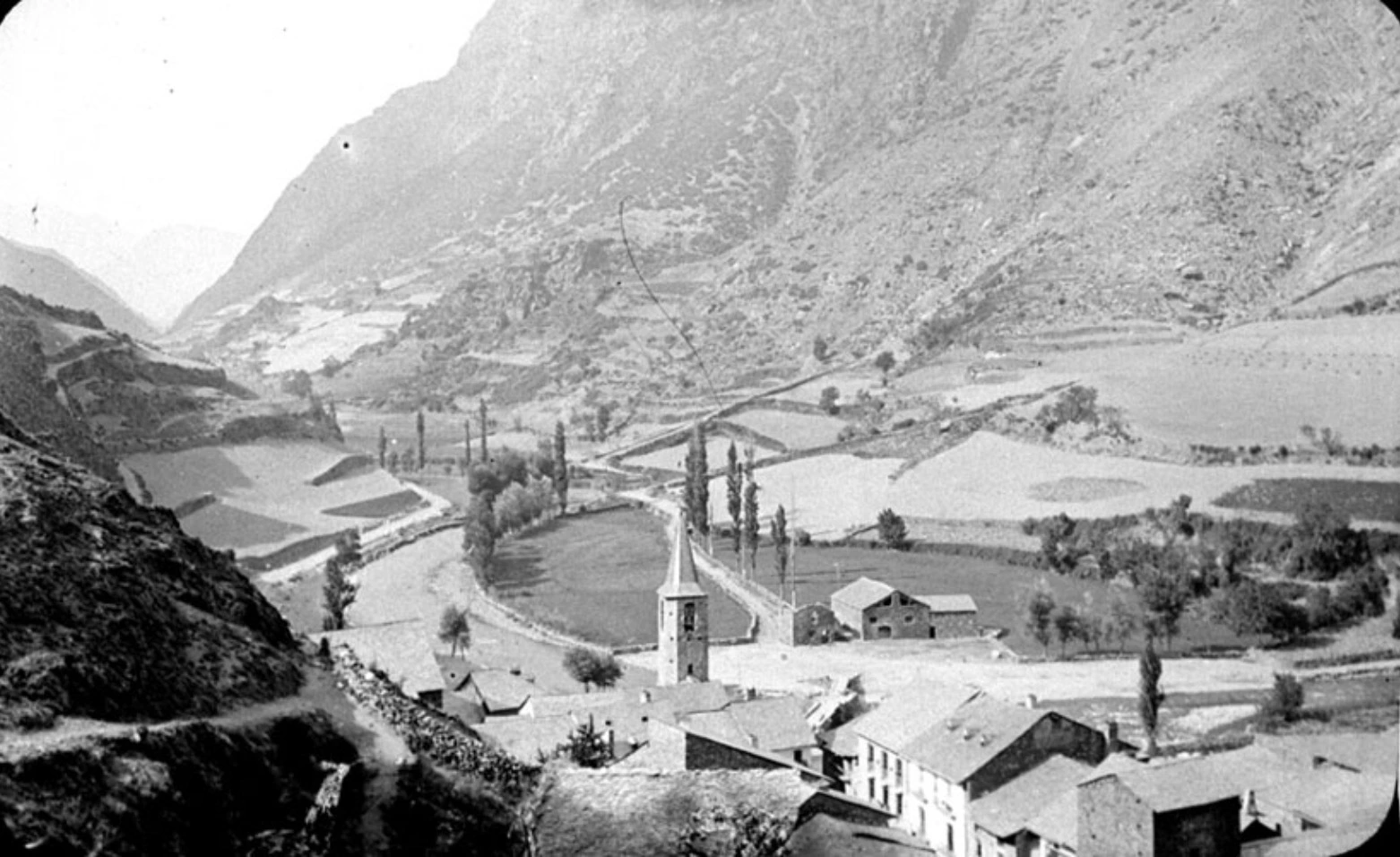
Municipal Mergers
In 1971, Escaló lost its status as an independent municipality. It merged with Jou and Unarre to form the new municipality of La Guingueta d’Àneu. This administrative change marked a new stage in the village’s history but did not affect its historical and cultural character.
Urban Characteristics
Originally, the village had two parallel streets running through its interior, accessible by gates protected by defense towers in the wall. The north gate, fortified with a tower about 15 meters high, known as “the castle,” is still preserved.
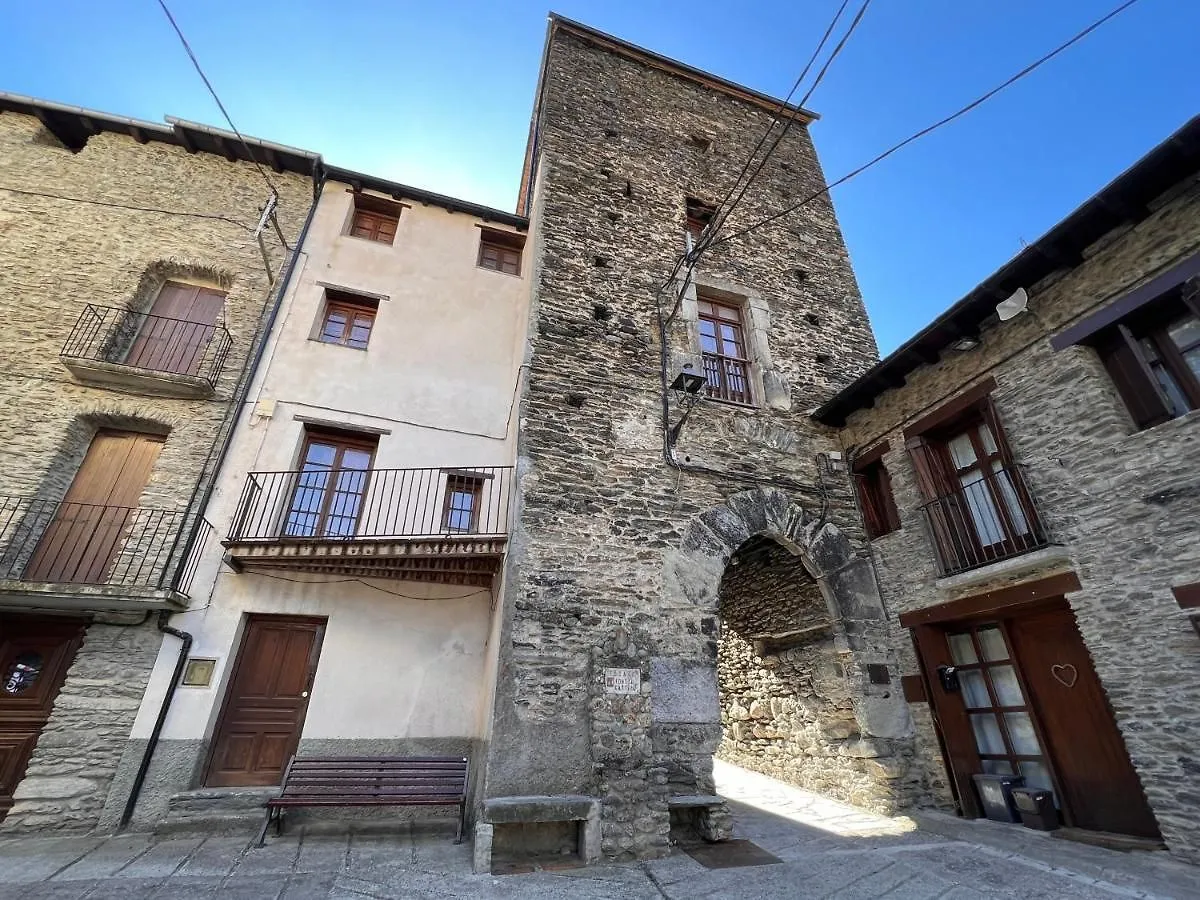
In the southern part of the village, the medieval arcades of Carrer Major can be found, five of which are still preserved. This area also gives access to the mill and the washhouse, located next to the Escart river.
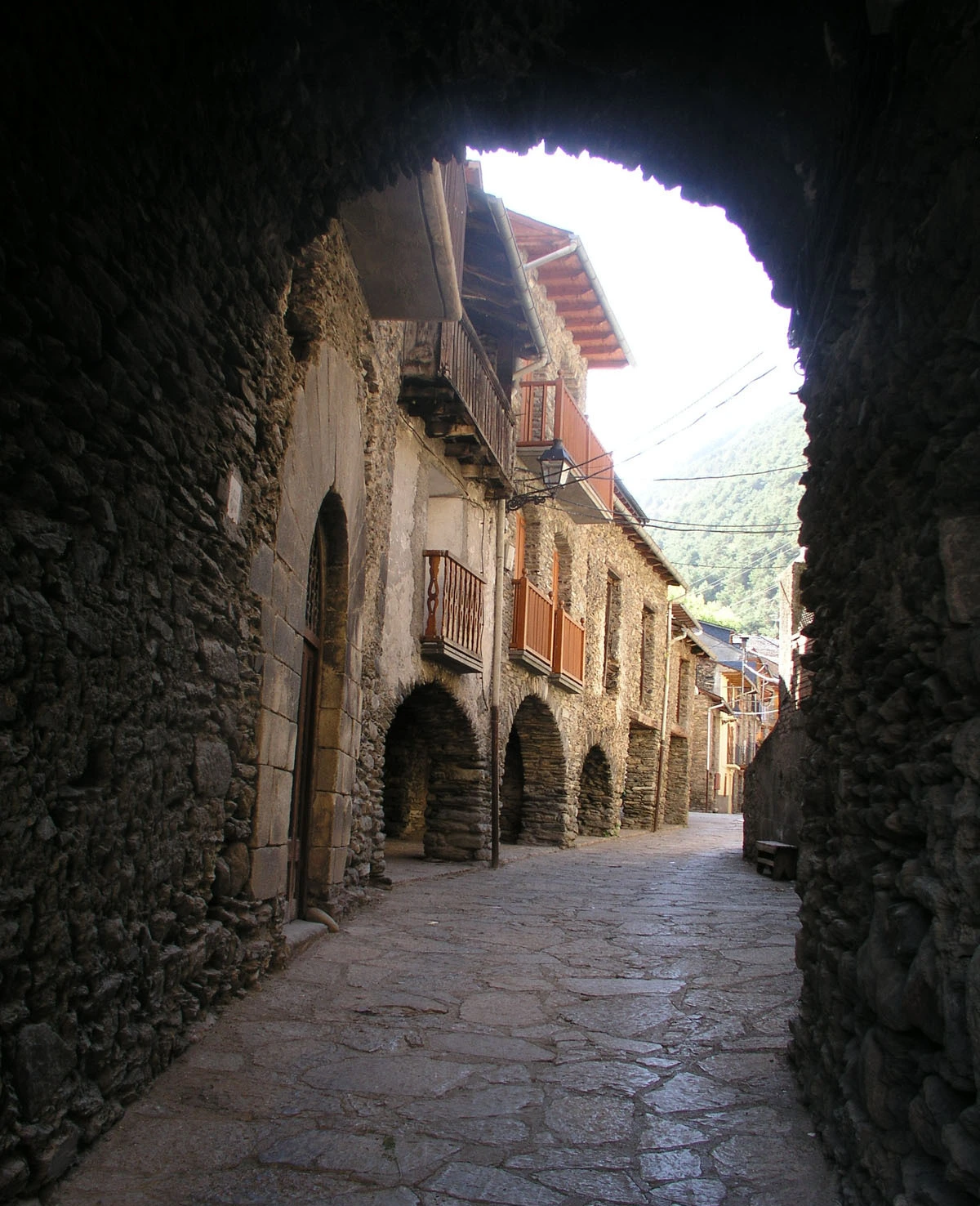
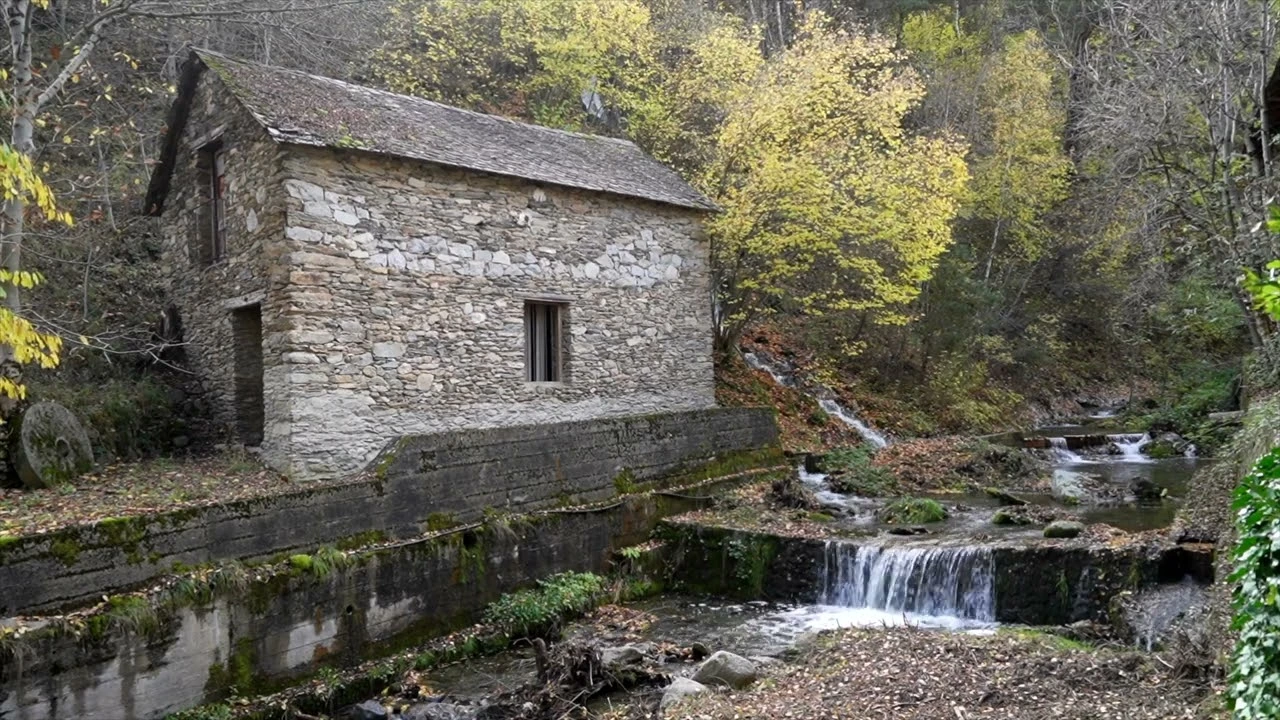
Architectural Heritage
Escaló stands out for its well-preserved medieval architecture. The walled village, with its narrow cobblestone streets and the remains of the medieval walls, offers a unique glimpse into its history.
The Church of Santa Helena
The church of Santa Helena, often mistakenly called Santa Maria, is another prominent element of the village’s architectural heritage. This church was built in 1623 and has undergone several renovations over the centuries. Located outside the walled enclosure, the building has a single nave with a semicircular apse and a barrel vault. Noteworthy is its doorway with archivolts and its sculptural elements that reflect the Romanesque style of the region. This church is the patron saint of the village and celebrates its feast on August 18th.
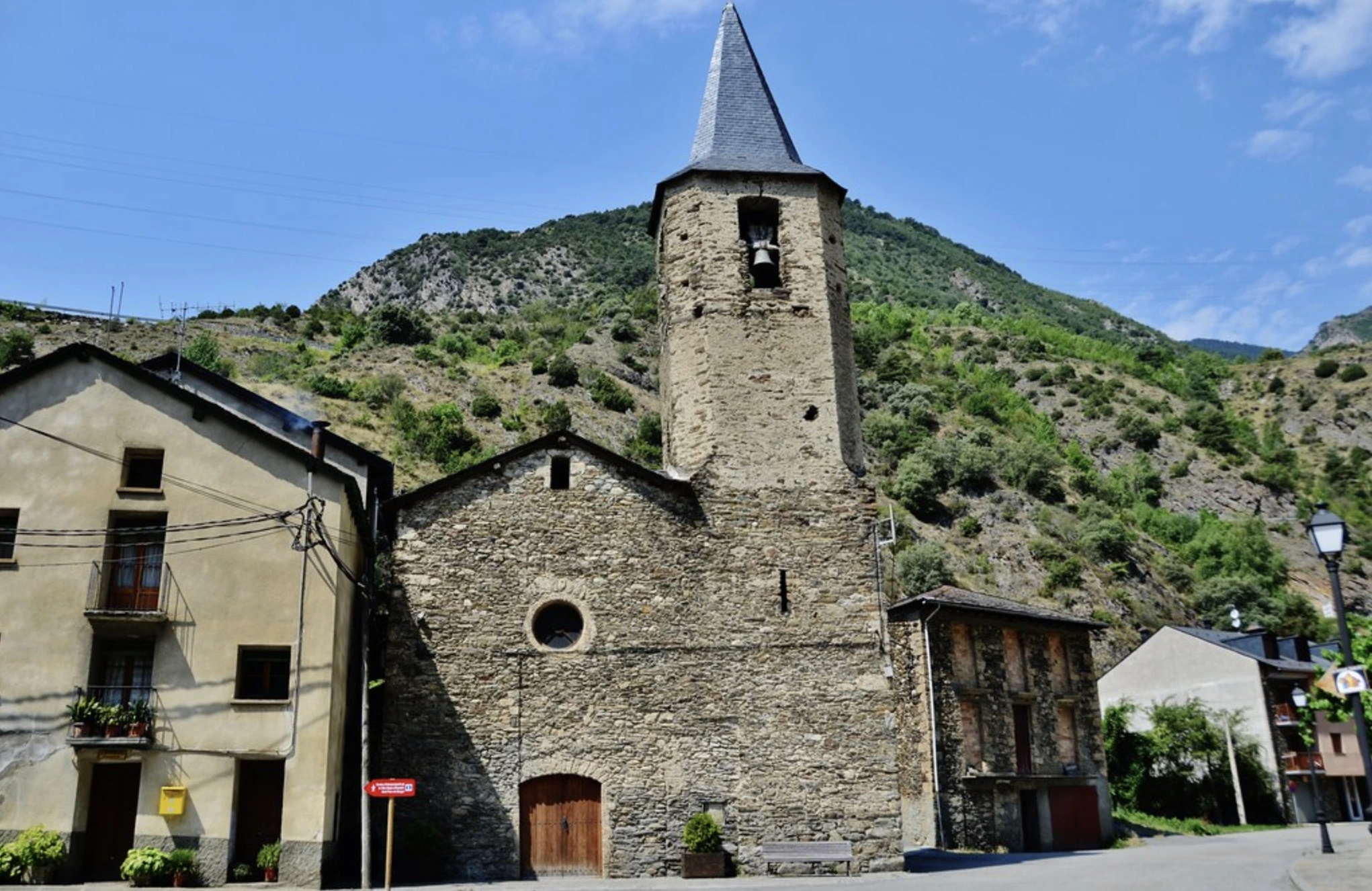
Monastery of Sant Pere del Burgal
On the outskirts of Escaló is the monastery of Sant Pere del Burgal, a jewel of Benedictine heritage. This monastery, with its Romanesque frescoes and millenary history, is a testament to the religious and cultural past of the region.
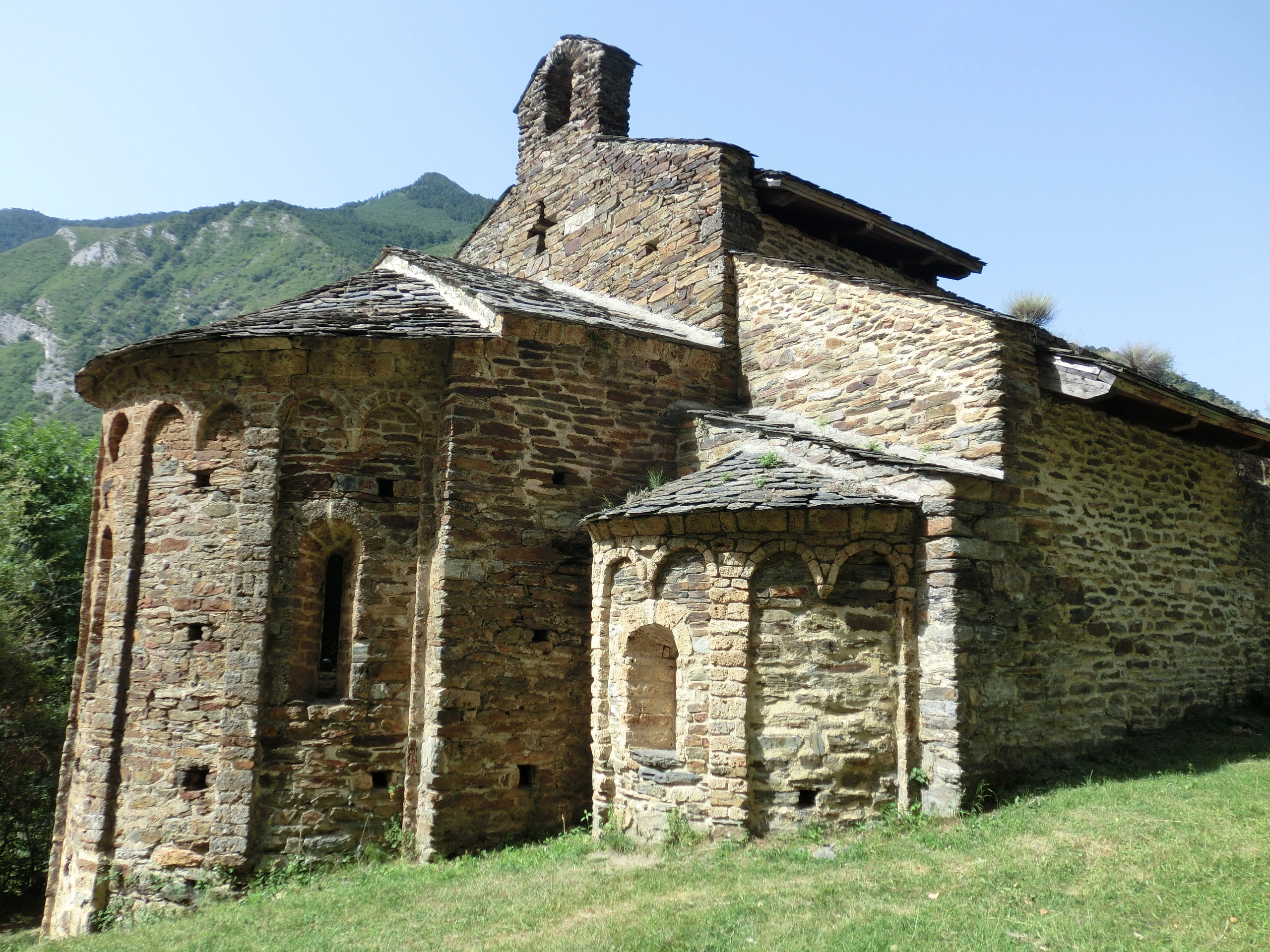
Present Day
Today, Escaló is a place that attracts many visitors interested in its history and heritage. The village combines the natural beauty of Pallars Sobirà with its rich historical and cultural heritage, offering a unique experience to its visitors.
Escaló is a living example of the rich history of Pallars Sobirà, with a legacy that continues to captivate those who have the opportunity to discover it.